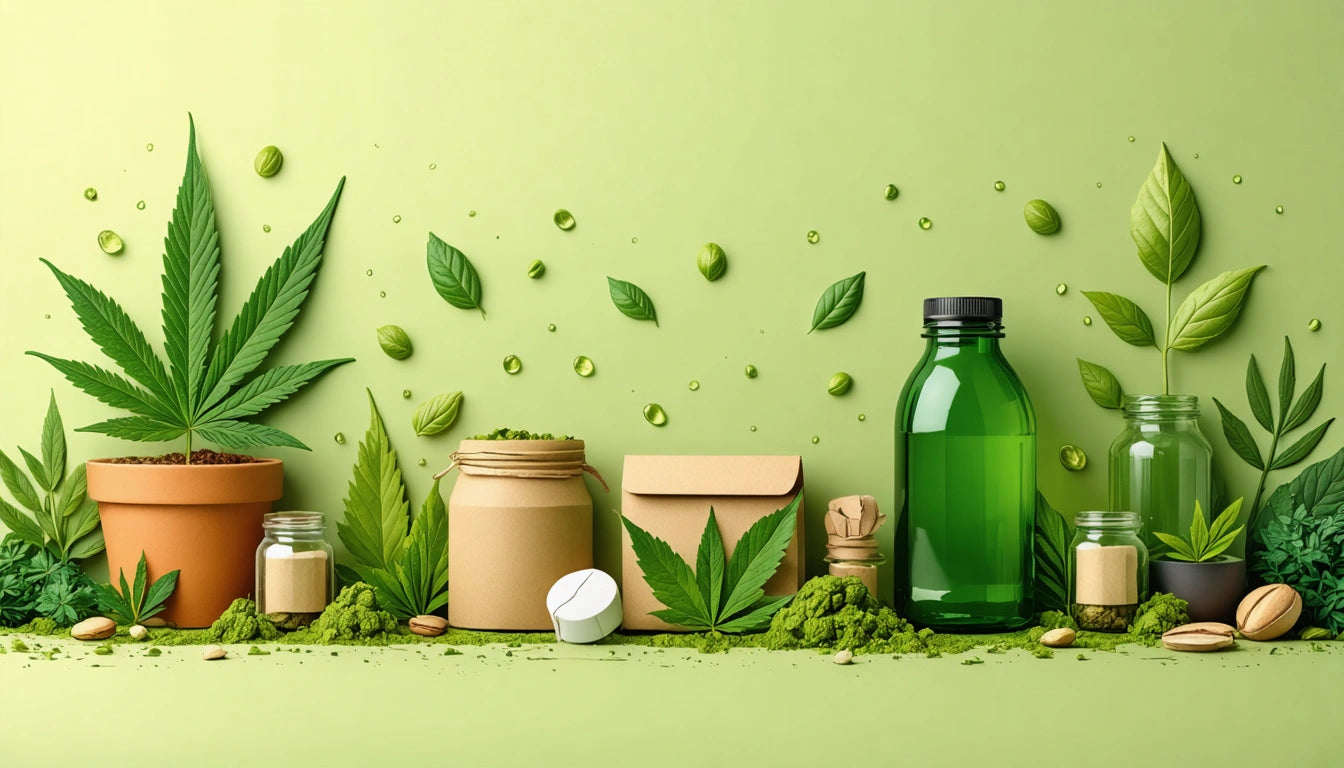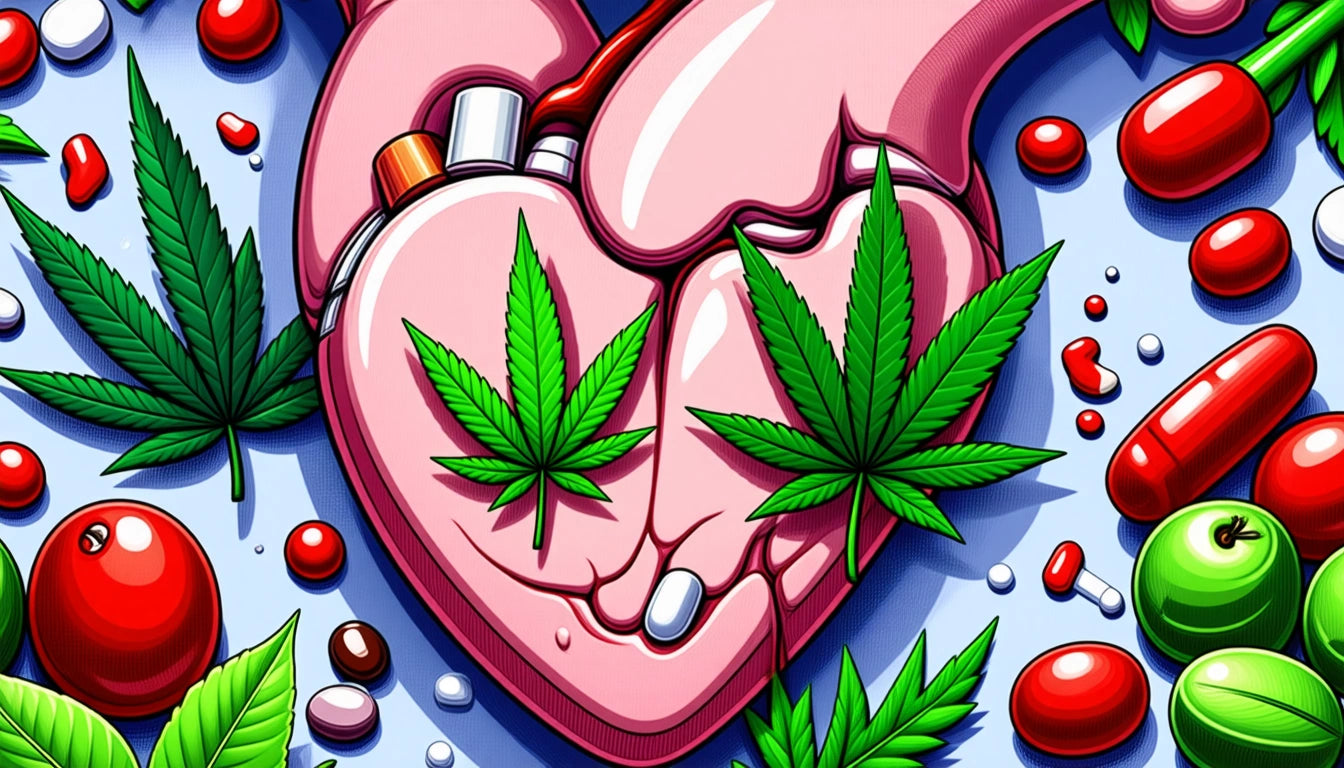Table of Contents
The cannabis industry faces a significant sustainability challenge with packaging waste. As consumer awareness grows and regulations evolve, brands are exploring zero-waste packaging solutions. But between strict compliance requirements, cost considerations, and material limitations, is truly zero-waste cannabis packaging achievable?
The Current State of Cannabis Packaging Waste
Cannabis packaging creates substantial environmental impact. According to industry waste statistics, millions of plastic containers, mylar bags, and tubes enter landfills annually. Child-resistant requirements often necessitate multiple materials, making single-stream recycling difficult.
Most cannabis products, particularly flower, are packaged in non-biodegradable materials. Our popular eighth-ounce mylar packaging options demonstrate the industry standard: durable, protective bags that preserve product freshness but present end-of-life disposal challenges.
Sustainable Alternatives in Cannabis Packaging
Compostable vs. Recyclable Options
Understanding the distinction between compostable and recyclable materials is crucial. As explained in this comparison guide, compostable packaging breaks down into non-toxic components, while recyclable materials can be reprocessed into new products.
Emerging Materials
Several innovative materials show promise:
- Hemp-based plastics and papers
- Mushroom packaging
- Ocean-reclaimed plastics
- Plant-based bioplastics
- Post-consumer recycled materials
These options are detailed in the top eco-friendly materials guide, which evaluates their viability for cannabis applications.
Compliance Challenges for Sustainable Packaging
Regulatory requirements create significant barriers to zero-waste packaging. Child-resistance features often require multiple materials or components that complicate recycling. Additionally, packaging must maintain product integrity, prevent contamination, and display required warning labels.
This creates what experts describe as a packaging dilemma where sustainability goals conflict with compliance mandates. Some regulations are beginning to evolve, but progress varies significantly by state.
Consumer Perspectives and Market Demand
Consumer sentiment increasingly favors sustainable options. Research indicates that environmentally conscious packaging can influence purchasing decisions, particularly among younger demographics. According to market demand analysis, consumers are often willing to pay a premium for products with genuine sustainability credentials.
However, brands must be careful to avoid greenwashing. Transparency about packaging materials and their environmental impact builds trust and brand loyalty, as outlined in this guide to ethical sustainability claims.
Implementation Strategies for Brands
Incremental Approaches
Rather than attempting immediate zero-waste solutions, many successful brands adopt incremental improvements:
- Reducing packaging volume and weight
- Incorporating post-consumer recycled content
- Designing for recyclability
- Implementing take-back programs
- Educating consumers on proper disposal
These strategies allow brands to make meaningful progress while maintaining compliance and managing costs.
Economic Considerations
Sustainable packaging typically costs more than conventional alternatives, creating pricing challenges. Brands can offset these costs through strategic pricing approaches that communicate value to consumers while preserving margins.
Future Outlook: Approaching Zero-Waste Realistically
While perfect zero-waste packaging remains aspirational for the cannabis industry, significant progress is possible. The most promising path forward combines:
1. Material innovation that maintains compliance while improving end-of-life outcomes
2. Regulatory evolution that balances safety concerns with sustainability goals
3. Consumer education programs that improve recycling and composting rates
4. Industry collaboration on standardized packaging systems and take-back programs
Companies like these pioneering brands demonstrate that substantial waste reduction is achievable today, even if perfect zero-waste remains a longer-term goal.
The question isn't whether zero-waste cannabis packaging is immediately achievable, but rather how close we can get through continuous improvement and innovation. By taking meaningful steps toward sustainability while maintaining product integrity and compliance, the industry can dramatically reduce its environmental footprint while working toward the ultimate goal of zero waste.











Leave a comment
All comments are moderated before being published.
This site is protected by hCaptcha and the hCaptcha Privacy Policy and Terms of Service apply.